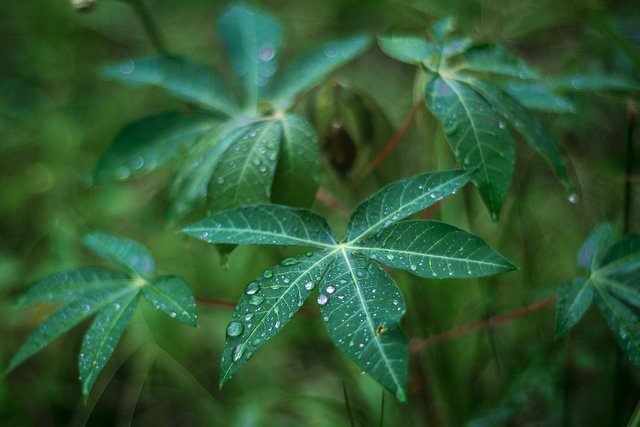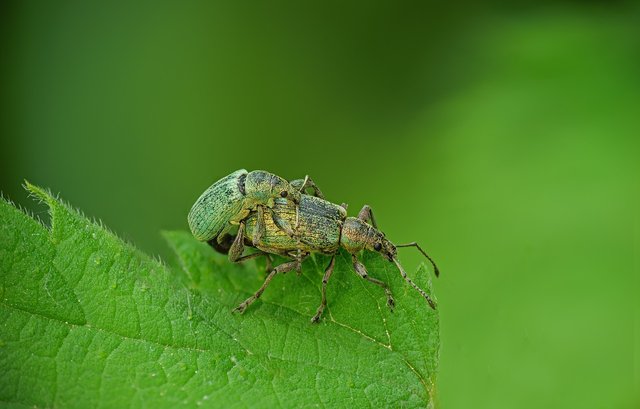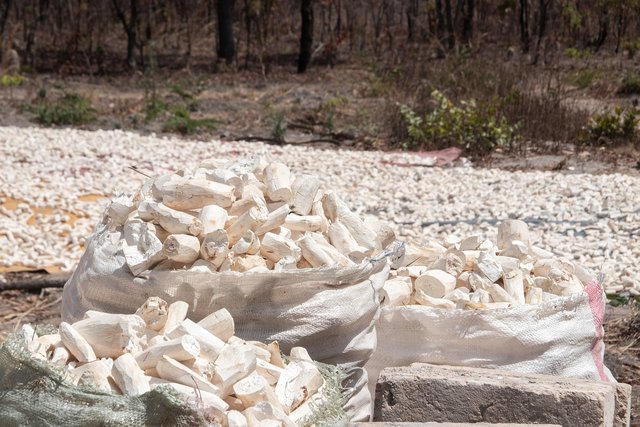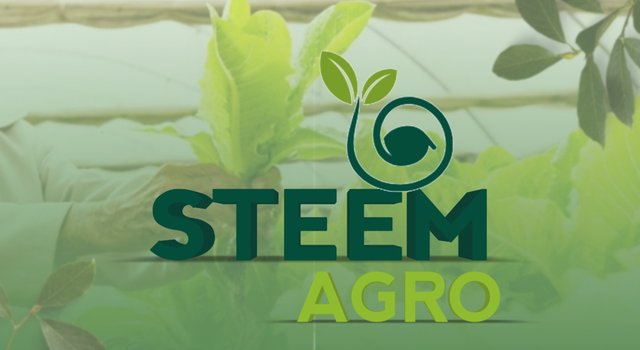Basic Knowledge in Agriculture #7
Hello friends welcome to my blog
 |
|---|
Cassava (Manihot esculent) is an important crop in tropical and subtropical regions rated for its starchy roots.
There are different types of cassava which are
- Bitter Cassava
- Sweet Cassava
- Local Varities
- Improved Varities
- Drought-Resistant Varities
Recognition of the differences among these cassava types helps farmers make better decisions to manage their risks and make the most effective use of their yields.
| Variety | Yield | Disease Resistance | Uses |
|---|---|---|---|
| Bitter Cassava | moderate to high yield depending on cultivation condition | Resistance to pests, vulnerable to cassava mosaic disease | Animal feed and industrial |
| Sweet Cassava | High yield | Vulnerable to cassava mosaic disease | flour, food and snacks |
| Local Varieties | Variable | Variable | for local markets and traditional dishes |
| Improved Varities | Produce a very high yield | better resistance to cassava mosaic disease and cassava Brown streak disease | Agribusiness |
| Drought-Resistant Varieties | decreased in optional conditions only stable in drought | Varing level of resistance to pests and diseases | Drought-prone regions |
Here is the list of common pests and diseases affecting cassava with their control measures
PESTS
Cassava Mosaic Virus
Control measures: Use materials free from diseases when planting, avoid planting cassava in the same spot repeatedly and always check and remove infected plants.
Cassava Green mite
Control measures: it improves plant health, practices and good agronomics practices, initiates predatory mites and introduces horticultural oil or insecticide.
Root weevils
Control measures: practice crop rotation use insecticides and resistant cassava varieties
Cassava mealybug
Control measures: Remove and destroy infested plant debris, introduce natural predators to help fight pests and for severe infestations, use neem oil or insecticidal soap.
 |
|---|
Whiteflies
Control measures: Release natural enemies like parasitic wasps, and yellow sticky traps that can be used to monitor and lessen populations.
COMMON DISEASES
Anthracnose
Control measures: fungicides should be applied in needed quantity, resistance varieties should be used when available and good field hygiene and crop rotation should be practised
Cassava Brown Streak Disease(CBSD)
Control measures:infected plants should be checked for and removed, crop rotation should be practised and resistant cassava varieties should be used.
Fusarium Root rot
Control measures:Resistant varieties should be used and there should be proper drainage in the fields.
Cassava Bacterial Blight (CBB)
Control measures: bactericides that are copper-based should be used, and uninfected or disease-free material for planting and crop rotation should be practised.
With all these control measures being implemented pest and disease outbreaks will be successfully managed
Post-harvest handling and processing techniques of cassava tubers are essential to improve market value and they involve the following;
Post-harvest handling
Harvesting: cassava tubers should be handled gently to prevent cuts bruising or spoilage
Clearing: use a brush to remove excess soil from the tubers, then wash with water and separate damaged ones to avoid spoilage
Storage: cassava should be stored in a well-ventilated, cool, or dry place with a ranging temperature of 12 °C to 15°C, and cassava should not be stored for too longer than about 1 to 2 weeks.
Processing Techniques
 |
|---|
Peeling: This is removing the outer skin of the cassava with a knife manually; this process reduces cyanogenic compounds.
Chipping: this is slicing the peeled cassava into tiny chips and drying it for longer storage, for animal feeds or snacks.
Drying: this can be done with sun or mechanical to remove the moist content for an extended shelf life
Fermentation: This is done by soaking the cassava in water for several days and used to produce food like fufu and gari
Marketing and distribution: There should be proper packaging and labelling of products with information on the content and expiry date.
I am inviting @onyiluvdan, @eveetim and @echuku to take part in this contest.
Cassava been one of the common among the available farm product in Africa, needs to have a proper maintenance in pest and disease control as it serves humanity in different purposes in keeping and making life easier.
You have written so wonderfully, thanks for the invite.
Welcome to steem-agro!
MODs Comment/Recommendation:
Thank you so much for posting in our community.Also try to engage with other participants by doing meaningful comments which will increase your chances of winning.I am wishing you all the best in the contest.
Remember to always share your post on Twitter using these 3 main tags #steem #steemit $steem
